Every geologist owns (or should own) an A to Z of geological terms. Mine is a dog-eared Penguin paperback; a nerd-fest of geoscience words that was used over and over when I was still learning the trade. It cost me 50 pence new in Portsmouth in 1981. Now that I’m an experienced professional with …ah hem..30+ years under my belt, and in theory I know what I need to know for the job, it sits discarded in a tattered box along with my sedimentary geology and stratigraphy texts (good riddance to them…)
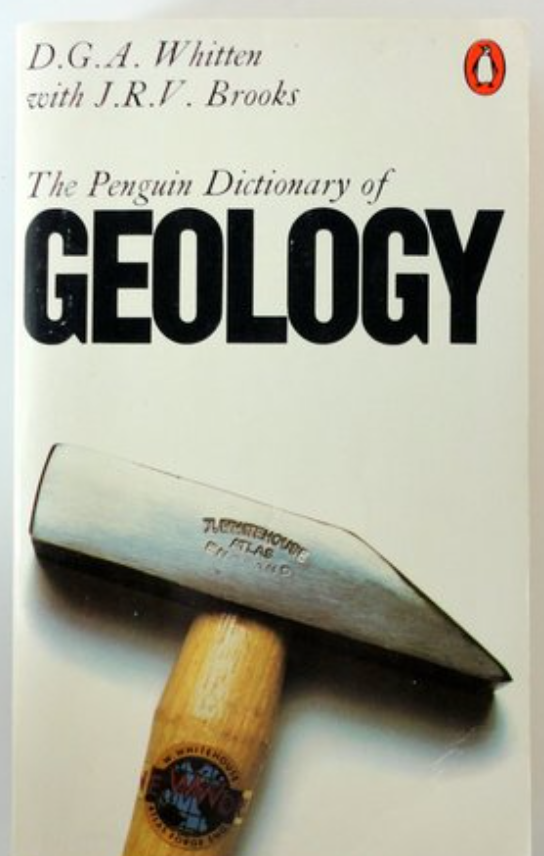
I was reminded of the old A to Z recently by my good friend Mario, currently COVID-stuck in Colombia. He suggested I put together an Urbancrows alphabetical list of some favourite mining terms; my own personalized dictionary with some customized definitions. It’s taken longer than I’d hoped and I had a tough time picking one word for each letter, but here goes. Enjoy.
PS: there are 2 terms under “C” because I had to write about Cornwall and its influence on the development of modern mining but wanted to include something else as well.
A is for Assay (origin: Old French essayer “To try”).
We use metallurgical assays to test the metal content of an ore sample or rock. The analytical tests sold by the commercial assay labs have special codes like ME-MS41W or GEPXRF73GEO to make them sound important and render the catalogues impenetrable to the average human.
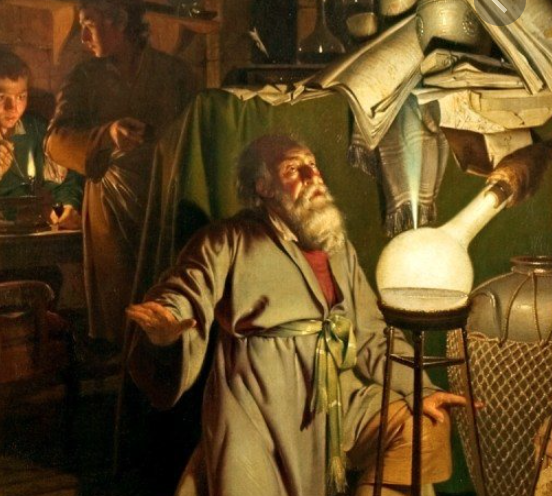
Codes or no codes, the men in white lab coats don’t like to admit that some of the assay methods used to test for gold, fire assays for example, were formulated hundreds of years ago and perfected by the Alchemists centuries before modern technology came along (XRF and mass spectrometers weren’t invented until the 1700s.)
The Alchemists attempted to marry their belief in the 4 elements -Earth, Water, Air and Fire- with primitive desk top chemistry, to purify certain metals or to transform worthless metals like gold into useful ones like lead and copper.
Alchemy’s legacy reaches down through the centuries still. Today’s mining investors have retained the blind dogma that gold has magical powers, despite overwhelming scientific evidence that in the end, it invariably corrupts one’s investment portfolio. Unlike Bitcoin. Or weed. They’re totally reliable.
B is for Bulk Sample (origin: Old French essample ‘example’)
A bulk sample is a multi-tonne sample of ore, collected by mine builders to facilitate large scale metallurgical test work on the ore, or perhaps to confirm a geostatistical resource model. As the theory goes, the larger the sample, the more representative it is of the true grade of the ore body. Logically, this premise can only be 100% true once the ore body is completely mined out -the ultimate bulk sample- by which time it’s too late to correct any errors.

But that doesn’t stop the geostatisticians swearing blind to any mug that will listen that 2 tonnes of ore really is representative of a 3.5-million tonne vein system. When the mine closes down early, the CEO is left cursing the ore reserve consultants in darkly murderous tones while he/she updates their newly unconvincing resume. Typing the words “geostatistics” and “humour” into Google yields nothing funny.
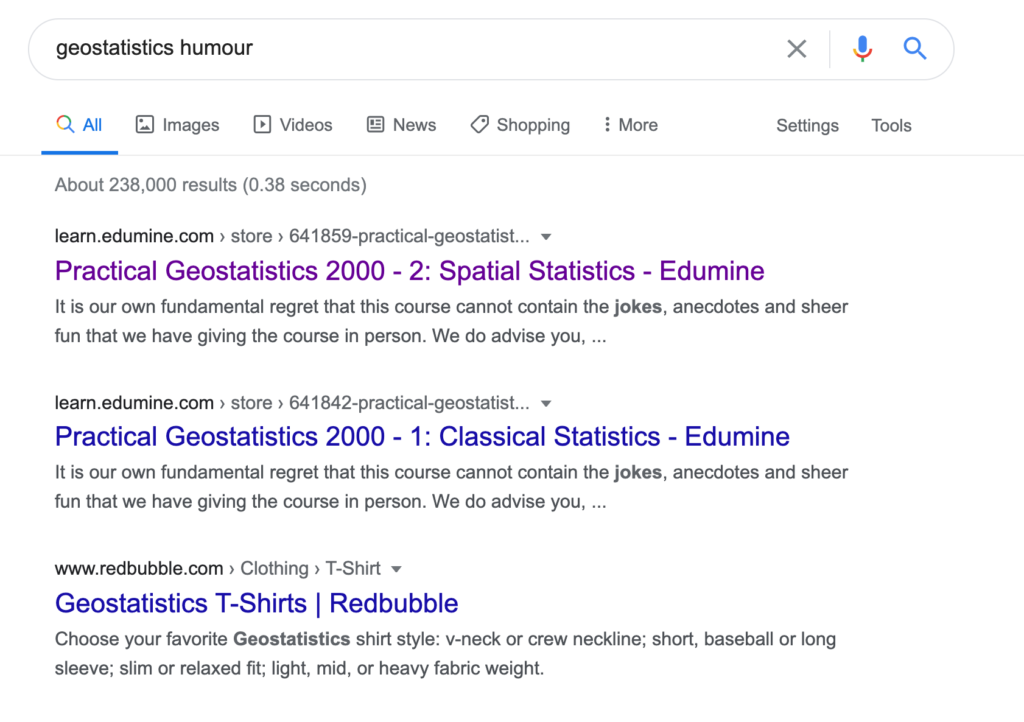
C is for Cyanide (origin: Greek kyanos “dark blue” from Prussian Blue pigment)
Cyanide is a poisonous compound of carbon and nitrogen with the formula CN. Happily for miners, cyanide dissolves gold and silver and various other metals and then breaks down quite quickly in oxygenated surface environments. Hence, it is used to extract precious metals from crushed mineral ores. The extraction process is very efficient and even low grade ores will yield economic quantities of gold, leaving only small amounts of poisonous residues, miasmas, effluvia, pustulant discharges and noxious wastes to clean up.
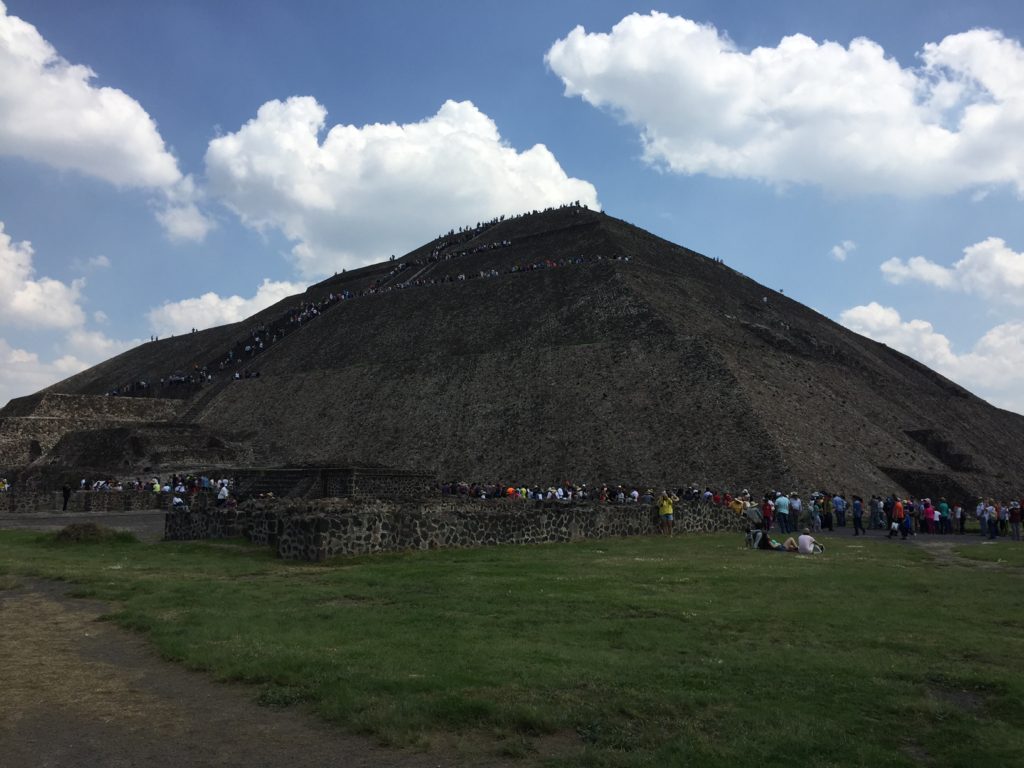
Most mining companies illustrate any discussion of cyanide on their website with a picture of a deep green maize field, or healthy 5-legged sheep grazing on what you, the reader, are led to believe is a lovely Andean meadow. But then, the photo caption reveals that it’s actually grass and flowers growing on top of an old cyanide leach pad! How amazing! Those clever miners. So, it must be safe.
C is also for Cornwall (Old English Cornwalas (891) “inhabitants of Cornwall,”)
The county of Cornwall lies on a long, scenic peninsula blessed with an over abundance of good pubs, that sticks out of the bottom left of Great Britain. For my wife, it’s famous for the washboard abs and dark, flowing hair of Captain Ross Poldark in the BBC drama series of the same name. For me, it’s famous for 2 more mundane things: Cornish pasties, the delicious pastry envelopes filled with stewed meat and vegetables, and mining. It’s debatable which is more important to me, but I have to say, you can’t beat a nice hot lamb pasty…
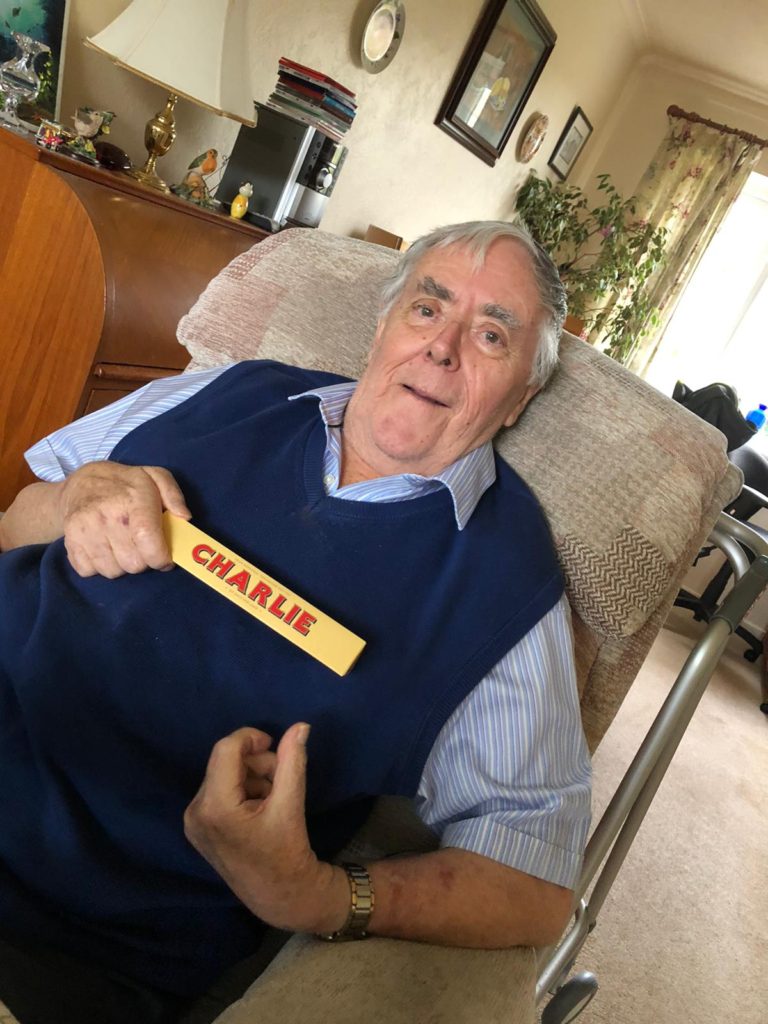
Joking aside, the history of Cornwall IS the history of mining. Extraction of tin and copper goes back nearly 4,200 years, which is substantially older than my dad and he’s getting on a bit. The sheer amount of tin mined there may have been the origin of the myth of the Cassiteride Islands, spoken of by the ancient Greeks.
The county’s impact on the industry cannot be overstated. With a few exceptions, all of the major mining districts of the world show some influence of the Cornish miners’ diaspora. From the introduction of football (soccer) to Mexico by the expat Cornish workers, to the names of underground equipment and tunnelling methods I learned in South Africa (winze, grizzly, raise etc), to the narrow vein mining methods used around the world, the legacy of the cider-guzzling, drill toting buggers is everywhere. Respect.

D is for Diamond Drillers (origin: from Greek adamas, “invincible”)
Drillers -the hulking cavemen who thrive at the pointy end of the exploration process- have a well-earned reputation for being hard-living bastards. Drink, sleep, drill, repeat with the odd truck crash thrown in for good measure.

Most of them are incomplete individuals worthy of our sympathy: incomplete not in a mental or emotional sense, but in a physical sense. They’re missing bits. It’s hard to avoid accidental digit amputations when key parts of your anatomy spend 24/7 within 6 inches of a rapidly spinning 55-lb drill rods.
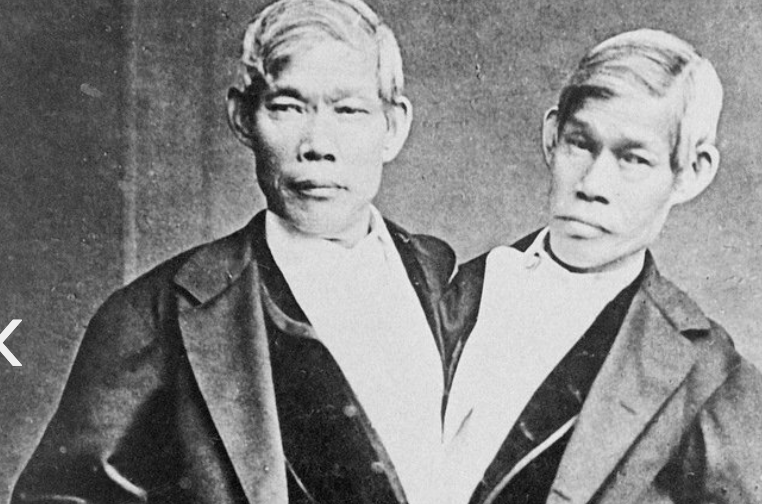
Limb stumps aside, they’re a key part of the exploration process and geologists have an important but reluctant symbiotic relationship with them. No drill = no results, no results = no funding, no funding = no job for geologist and driller, and round and round she goes.
E is for Environmental Impact Assessment (origin: Middle French environ “around”)
An EIA is a report which details the the likely environmental impacts of a proposed mining project or development. You can generally find EIAs filed under “Adult Humour” in your local library. The bigger the project, the more the laughs. See also “P for Pebble”.

F is for Flotation. (Origin: Old English flotian (verb), of Germanic origin)
According to legend, miners can thank metallurgist Carrie Everson’s washerwoman for the inspiration which led to the invention of froth flotation. The possibly apocryphal story tells how the washerwoman observed that mineral dust adhered to certain types of soap bubbles. Everson used the cutting-edge laundry observations to develop and refine an industrial process for the large-scale flotation of sulphide ores from crushed up rock rather than soiled underwear. A positive development, I’m sure we all agree.
Her patent No. 348,157 described a “Process of Concentrating Ores,” which mixed oil with pulverized ore, then washed it in an acidic water bath, which allowed metals to adhere to the oily film on the water.

She was a rather nervous looking woman, who eventually became a very angry and pissed off woman after her lawyer advised her not to renew the patents. Sadly, she listened to his advice just as flotation was beginning to make profitable in-roads into the heady world of mineral processing. In the dispassionate words of Wikipedia “others used her methods which she lived to appreciate if not to benefit from“. When she’d calmed down, she retrained as a nurse and subsequently wasted many years developing a rather pointless and risky process for separating healthy patients from cadavers using jaw crushers and flotation.
G is for Geochemistry (Origin: derives from alchemy from Arabic Al kimiya)
Geochemists study the distribution of chemical elements in rocks and minerals, and their behaviour in soil and water. Geologists were perfectly happy bunnies in the days before geochemistry -and its evil twin, geophysics- came along and spoiled the science for us.

Now, to succeed in exploration we’re expected to understand PhD-level statistics -how to calculate an average of 10 numbers, for example- and its application to the trace element chemistry of whatever the consulting geochemist decides to correlate to something else. This includes rocks, soils, bore hole water, leaves, children, termite mounds; anything except the actual bloody mineralization, which they always manage to miss.
Hence, geochemists compensate for their unpopularity by talking pseudo-scientific chemical drivel at the CEO whenever they can, in the vain hope that they’ll be their friend. It won’t work. In the end it still comes down to a geologist with a hammer.
H is for Heap Leach (Origin: Old English hēap (noun), hēapian (verb) Germanic)
See also C for Cyanide. Heap leaching in its simplest form involves building massive piles of broken up ore on heavy rubber sheets, then slowly pouring something noxious over it to dissolve the valuable metals. The “pregnant” liquid that emerges from the bottom of the pile is then processed for the metals, normally gold.
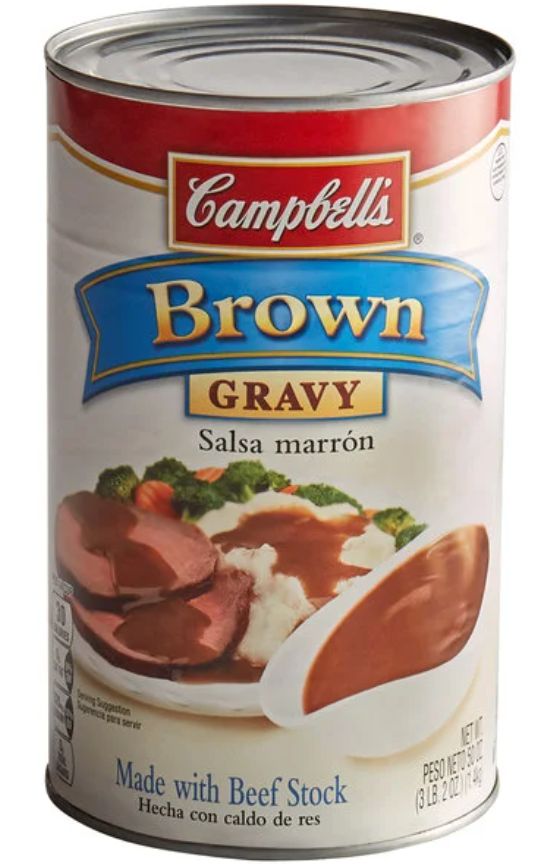
The typical heap leach flow sheet is a bit like my dear departed grandmother’s wartime-era cooking, but substitute powdered mash potato and canned peas for crushed rock and nasty, tinned gravy for cyanide.
What emerged from her kitchen on Saturday lunchtimes (when I went round to Marshall Crescent in Broadstairs to cut her grass for 50p) was infinitely less palatable than cyanide-laced rock and produced far more toxic waste.
I is for Igneous Rocks (Origin: mid 17th century: Latin igneus from ignis ‘fire’)
Igneous rocks form by the solidification of magma or lava. By a happy coincidence, many types of metallic mineral deposits form as a consequence of the huge amounts of heat and mineral-rich steam that cooling igneous rocks give off: some of the richest sources of economic metals are granites and related rocks.
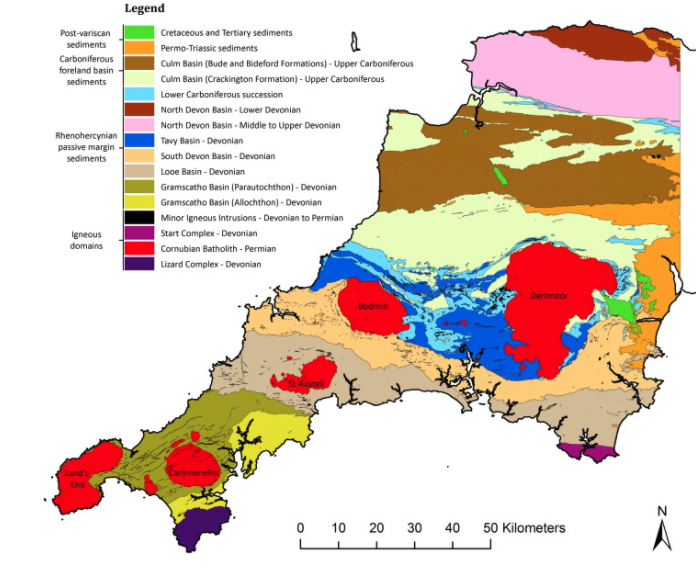
Luckily for exploration geologists, these rocks are always shown on geological maps as red blobs, a fact that we keep to ourselves. It’s one of our little secrets – a trick of the trade that allows us to convince investors, friends, and gullible children that we use bleeding-edge science to guide our exploration programs.
In fact, anyone could go Chapters and buy the same geological maps that we use, head to where the red blobs are, make massive world class mineral discoveries on a Saturday afternoon and still be home in time for tea and crumpets with mum. Try it.
J is for Jackleg Drill (Origin: Middle Dutch drillen ‘bore, turn in a circle’.)
A jackleg drill is a heavy rock drill mounted on an adjustable hydraulic leg, used to drill blast holes underground. The invention of the drill had a tremendous positive effect on the working conditions for miners, as they no longer had to directly support the full weight of the drill and thus died less frequently in nasty drill-related accidents.
But did you know that jackleg drilling was a competitive sport? Nope, neither did I.
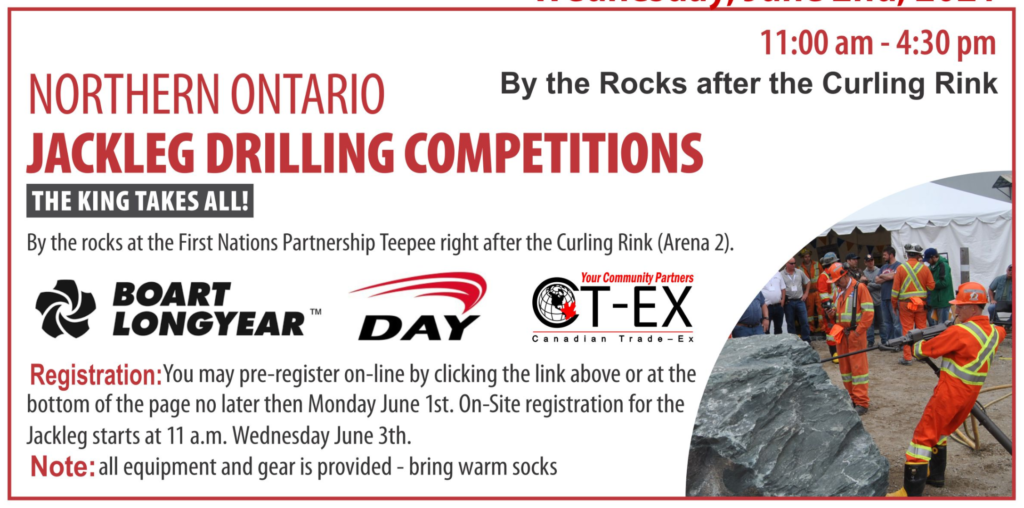
Every year the exciting Northern Jackleg Drilling Contest is held at the Canadian Mining Expo. Last year it started at 11am sharp, by the rocks near the McIntyre Curling Rink in Timmins, Ontario. Sadly, I missed the 2019 event, which was split into 3 intriguing categories: Mayors and Celebrities Challenge (11:30 a.m.), Women’s Novice Jackleg (12:30 p.m.) and Professional Jackleg (3 p.m., open to both men and women professional jackleg drillers). The top three finishers in each category took home the coveted Canadian Tire gift certificates, compliments of Boart Longyear.
The only celebrity I know of from Timmins is the diminutive but uber-popular country star, Shania Twain. Has she ever taken part in the Mayors and Celebrities challenge, I wonder? Overall clad, hard hat perched at a jaunty angle on her head, spraying oily machine water over the besotted, drooling miners in the front row, before sauntering off the stage clutching her $100 winner’s gift certificate? I think we should be told.

K is for Kimberlite (Origin: named after the town of Kimberley in South Africa)
Diamonds are a girl’s best friend, and most of them are extracted from kimberlite rock. Officially, kimberlites are olivine-rich, potassic igneous rocks formed at depths of up to 450km below surface at the base of very thick (i.e. old) continental crust. The only other major source of stones are alluvial deposits in rivers and beach sands which are themselves mostly derived from kimberlites further in land.
For years now, synthetic diamonds have been making in roads into the natural diamond market much to the annoyance of the big producers. And unlike natural stones, it’s possible to personalize the synthetic stones. Yes, you can have a diamond made from the ashy remains of your cremated pet.
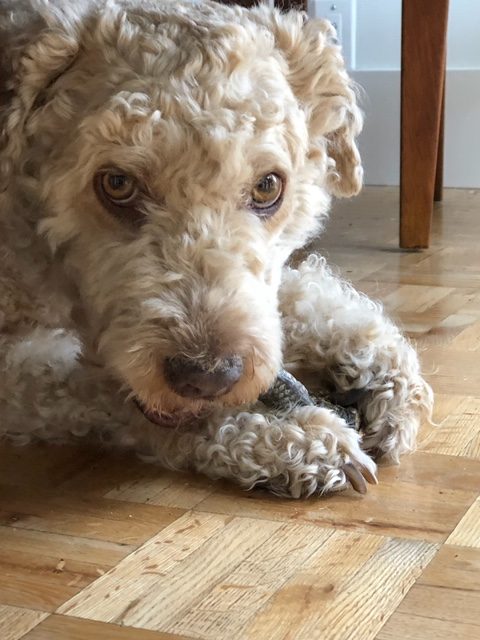
My dog (Toffee) died in April, the victim of an aggressive nasal tumour. One of the “memorial options” presented to us by the vet was the chance to have her ashes compressed and turned into a 2-carat diamond for the bargain price of $28,000. The advertising leaflet says something like “They deserve to be a diamond” (no, they deserve not to have cancer.) In Toffee’s case, 1 carat of Toffee diamond and 1 carat of nasal tumour diamond. Who could resist?
L is for Logging (Origin: sailor’s shortening of log-book, 1670s)
Officially the dullest job in exploration geology, core logging used to involve pencils, rulers, protractors and copious amounts of dilute hydrochloric acid. Geologists would spend hours huddled over wooden tables in a cold, leaky hut, looking at their fresh core, describing it in fetishistic detail while pretending they don’t have back ache and trench foot.

Today, core logging has become more of a computer game with iPads, digital cameras, Star Trek scanners and data bases. The geo spends most of his time confused over which drop down menu has the correct digital code for poikiloblastic porphyroclasts. Then their lap top crashes when the fieldie’s porn-related virus takes over the hard drive, the expensive satellite data base link to the cloud storage goes down and the entire drill data base is accidentally wiped clean by a computer technician in Iceland called Guðmundur.
M is for Magnetic Separation (Origin: 17th century: late Latin magneticus)
This involves the separation of ore from waste on a conveyor belt using electromagnets, assuming that either the ore or the waste is slightly magnetic.
This used to happen to me regularly at parties when I was a teenager. I’d be chatting up a girl by the fridge in the kitchen, and suddenly she’d be magnetically separated from me by a better looking, older bloke with money who wasn’t a greasy bean pole with spots. I’m still bitter.
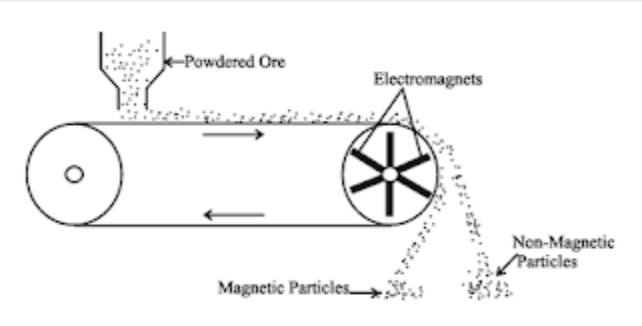
N is for Nugget Effect (Origin: southwestern England dialectal nug “lump”)
This is how statisticians describe the Nugget effect:
“The nugget effect is a phenomenon present in many regionalized variables and represents short scale randomness or noise in the regionalized variable. It can be seen graphically in the variogram plot as a discontinuity at the origin of the function.”
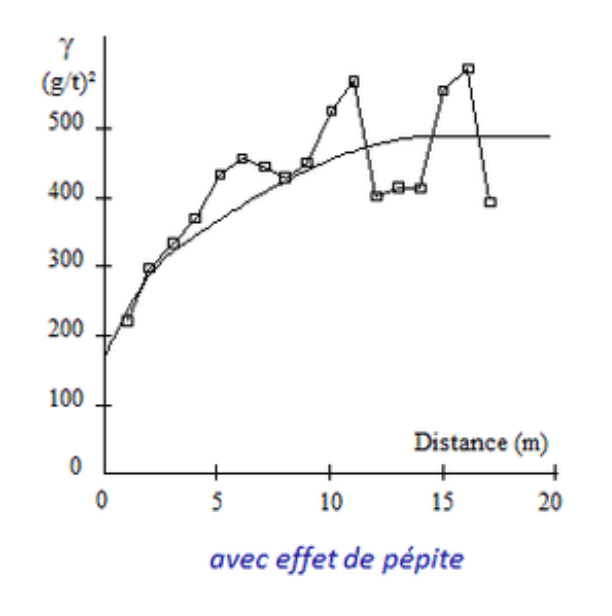
If they spoke English, I think what the statisticians would actually say is “Unusually big lumps of whatever shit you’re assaying for in your sample can screw up your expensive assay results & make them look better than they really are so you have to fudge your numbers somehow and throw some of them away.”
Quantitative science in action.
O is for Open Pit (Origin: borrowing from Latin puteus “well, pit, shaft.”)
Open pit mines are bloody big holes in the ground, open to the sky, from which miners scrape some commodity of value like gold or equity financings. Over the years, the mining community has come in for more and more criticism because open pits have gotten bigger and bigger as we chase lower and lower grade ores. At the same time, the associated waste piles have expanded faster than my middle-aged sedentary male waistline (if that’s possible).
My own experience of open pit mining was back in the summer of 1992 when I worked as a geologist at the Golden Bear gold mine in northern BC. I did a month of day shift and a month of night shift.
Thirty days of night shift work got a little strange toward the end. The only human interaction in the dead hours of the night was over the walkie talkie to the 6 haul truck drivers who shuttled the ore down the 6km road to the processing plant. That, and the odd shouted curse at the backhoe operator who was as bored as me. He threw cold sausages and hard-boiled eggs at me from his lunch bucket when I wasn’t looking. “Feeding the foxes” apparently.

P is for Profit. (Origin: from Latin profectus “profit, advance, increase”)
Profit: “a financial gain, especially the difference between the amount earned and the amount spent in buying, operating, or producing something”. Ha ha ha etc. Quite. Not a lot of that in mining.
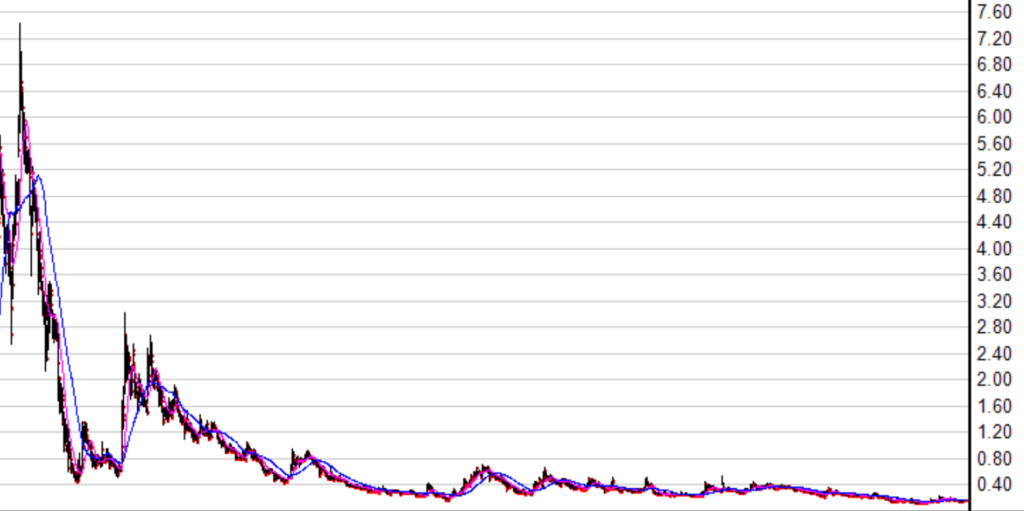
Q is for Quartz (origin: Middle High German twarc, from a West Slavic source)
Quartz – a hard, crystalline mineral with hexagonal prismatic crystals, composed of silicon and oxygen. It is one of the commonest gangue minerals, occurring with many different metallic ores (gangue means the barren, valueless matrix mineral that the ore is found in).
But why are we wasting our time discussing quartz in the context of mining? Its real value lies in its ability to balance things, whatever that means, and in harmonising the Crown Chakra. Apparently, it also harmonizes and stabilizes one’s environment, which, given the state of my back yard weeds and the 3 weeks of mouldy dog turds lurking in the long grass, is something I could really use right now.

R is for Recovery (Origin: Anglo-Norman French recoverie, recovrer ‘get back’.)
Recovery, put simply, is the amount of metal you gain from a rock during processing expressed as a percentage what the geologists said should be there. It’s also what the geologists and metallurgists do in hospital when the mine manager has finished thrashing them all because the mine isn’t producing what they said it should and said “recovery” is far too low to stop the suits at head office shutting them down.
S is for Shaft (Origin: from Proto-Germanic skaftaz “spear-shaft; spear”)
Shaft has 2 different meanings. It’s what investors get when they buy “cheap” shares in a junior stock that’s being actively over-promoted by one of the more nefarious characters in the business. The lesser known meaning, which may come as a surprise to some readers, is a vertical or sloping access tunnel made in the earth to allow for mining ore or ventilating underground excavations.
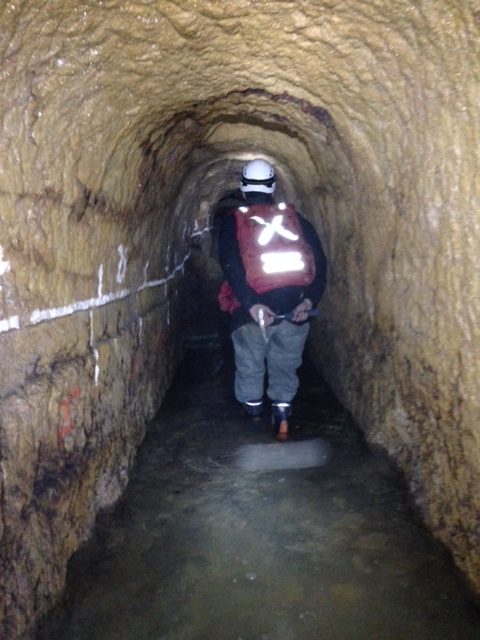
T is for Trip (Origin: from Middle Dutch trippen ‘to skip, hop’.)
Tripping is when an electrical motor suddenly fails or switches itself off. A circuit breaker, for example, might have shut off the power to protect the critical circuit from overheating, thereby preventing more damage.
Now, I know less about electrical engineering than my pet dog. But I do know what it feels like when you’re heading up in a multi-deck mine cage, 6,000ft down on the end of a cable, and the surface winch motor trips.
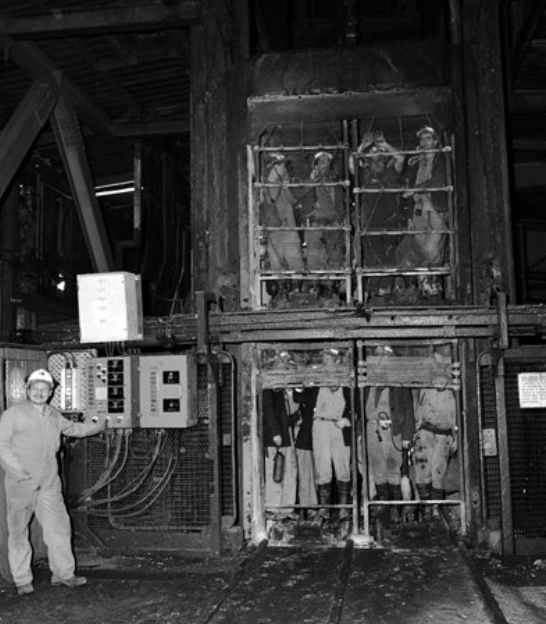
There’s an “interesting” few seconds as you, the cage occupants, realise that the upward acceleration has stopped and things (i.e. momentum) are about to change. When it tops out, you float for a fraction of a second before the cage drops again under gravity and everyone yelps with fear. When it bottoms out, you hit the floor hard. Then the cable begins to stretch and bounce like a 5 tonne yo-yo and you get to enjoy the experience a few times more while praying nobody on the deck above has pissed himself. Ahhh mining….
U is for Uranium (Origin: from Latin Uranus “the god of heaven”)
A radioactive metal used to power nuclear reactors. The spot uranium price is around $29 / lb U3O8 at the time of writing, which is only slightly above the average all-in global cost of production. Hence, demand and prices need to go up to justify the current level of global production as well as the development of new mines. So, on balance, given the recent marginal production economics, I’m glad it’s uranium and not myranium.
I thank you.
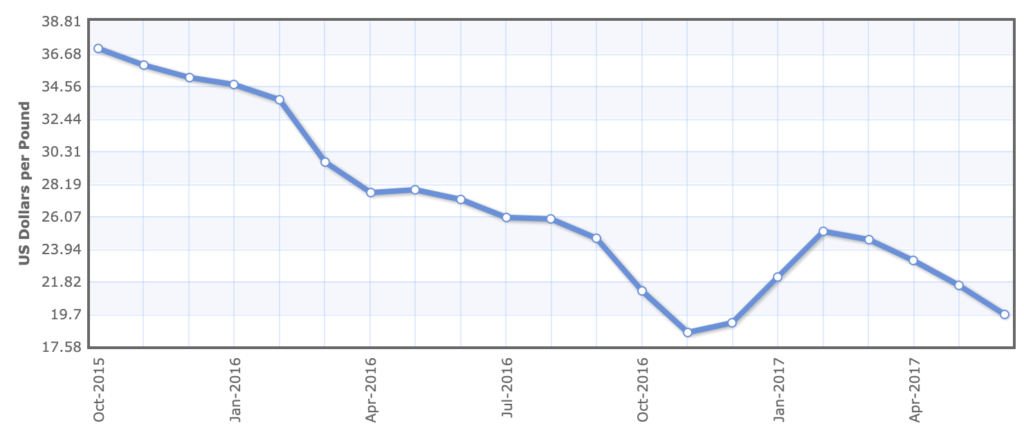
Source: https://www.indexmundi.com/commodities/?commodity=uranium&months=60
V is for Visible Gold. (Origin: Old English, of Germanic origin; related to Dutch goud )
Visible gold is where flecks or blebs of the yellow metal are large enough to be seen in a rock with the naked eye. Show me an exploration geologist who doesn’t get excited when they find visible gold (“VG”) and I’ll show you a cold-hearted charlatan who should be drummed out of the business and shunned by all.
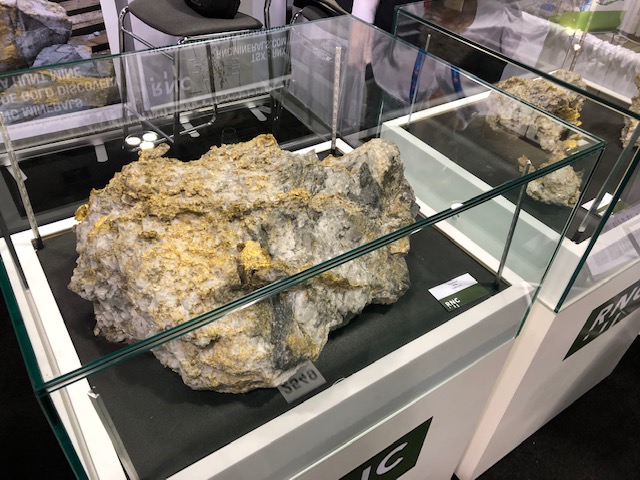
The best samples I’ve ever seen -bar none- are from RNC Minerals’ Beta Hunt mine in Australia. They were on display at the PDAC conference a couple of years back, guarded by a suitably huge RCMP officer with massive arms and an even bigger gun. The display cabinets held big, sexy chunks of white vein quartz, dripping with great splodges of gold. One sample contained an estimated 1,400 oz of gold or US$2.5-million bullion value, but worth substantially more to well-healed mineral collectors. Which sadly isn’t me.
W is for Write Off. (Origin: from Proto-Germanic writan “tear, scratch”)
According to Wikipedia, a write-off is a reduction of the recognized value of something from a company’s balance sheet, in this case a mineral project; in other words, an acknowledgement that a return on the massive investment made to build a mine is now impossible or unlikely.
This is precisely what’s going to happen to the carrying value of your favourite gold project on Duff Mining’s financial statements when the next round of (shit) assays are published and the market cottons on to the depressing levels of shitness (see A for Assay above).
X is for X-Rated Swearing (Origin: Old English swerian of Germanic origin)
Miners swear a lot; in fact, they swear a fuck of a lot. At the face, in the cage, in the change house, in production meetings -everywhere there are miners there’s cussing.
The mines in South Africa were my introduction to the joys of swearing in a second language -namely, Afrikaans. I got quite good at it to be honest. It helped that as a skinny 21-year old English geologist, everyone swore at me with impunity, from the shift bosses to the mine manager. Whenever I turned up underground, production stopped while I mapped the tunnel or the face. As a result, they associated me with lost bonuses. By the end of my 3 years, I sort of missed it if I wasn’t horribly insulted in Afrikaans at least once every meeting. So here’s a swear word generator: call it nostalgia.
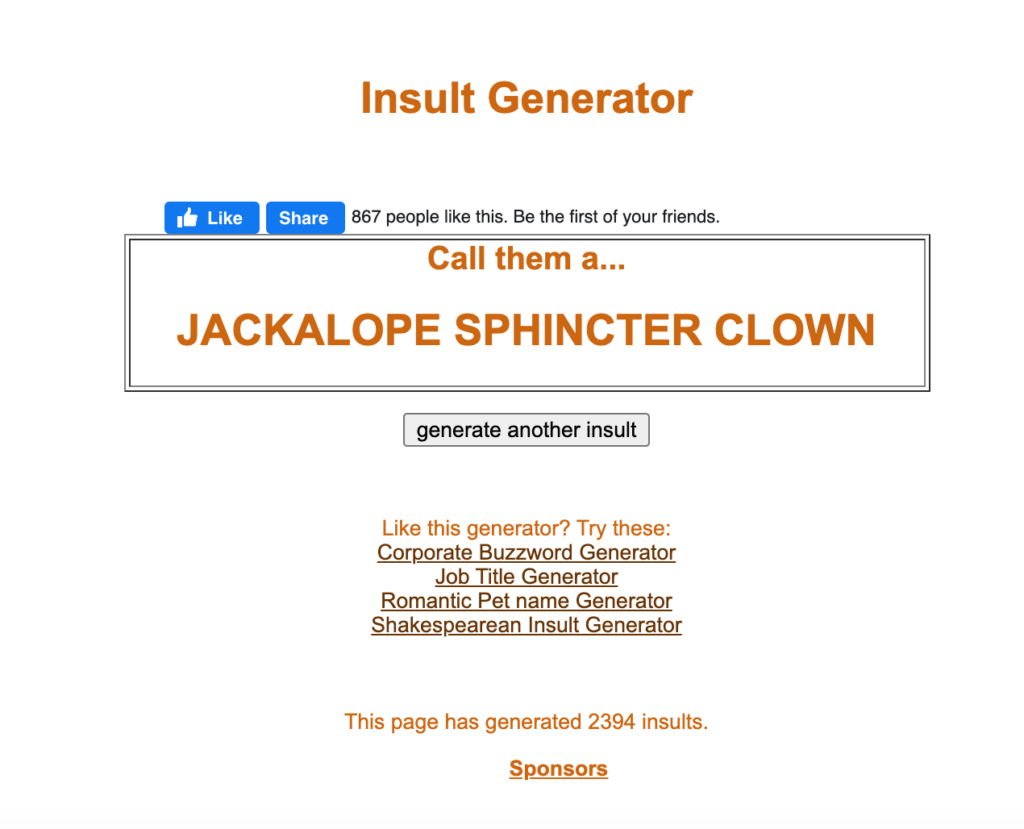
Y is for Yield (Origin: Old English g(i)eldan ‘pay, repay’, Germanic origin)
Yield is the amount of something of value – for example, water, copper or gold – that can be produced from a deposit of that something. (See also “Recovery”.) Work long enough in mining and you’ll eventually come across truly convoluted expressions of yield that merely cover up a colossal failure by the geologists to actually find what it is they were looking for.
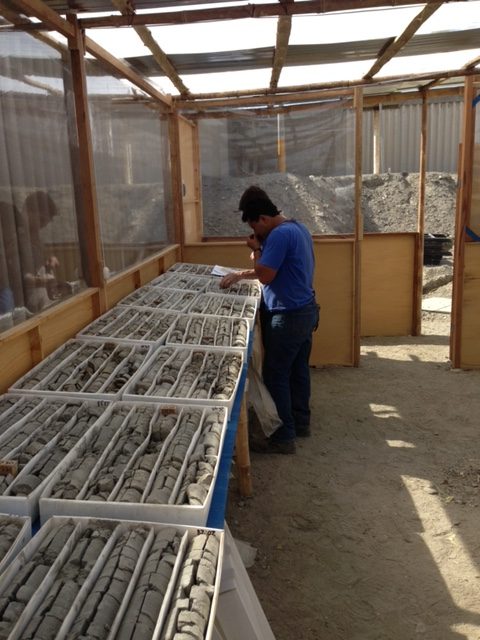
In a previous professional iteration, I once intercepted a presentation from colleagues that was destined for a board room meeting where a global exploration budget of tens of millions of dollars was to be decided on. They were attempting to show how amazing their regional team was, and had recalculated everything they’d found over the past decade as gold equivalent yields. They included an exploration hole that was a total duster for gold but did yield some measurable helium gas. They dug up the price of He gas, recast it as gold equivalent, and included it in the presentation as a “discovery”. Luckily I spotted it before it reached the CEO.
Z is for Zone (Origin: from Latin zona “girdle”)
Zone is basically a lazy, catch all phrase that allows geologists to draw red crayon lines around a grouping of any type of data, call it a “something” zone, tart it up as a nice graphic, and put it in the corporate powerpoint to make retail investors think management are very smartypants clever scientists.
Over a beer, we add the word “zone” to any old technical term and nod meaningfully to each other as we do it, imparting far more importance than the word should carry. High grade zone. Magnetic zone. Mineralized zone. Weathering zone. The list goes on and on.
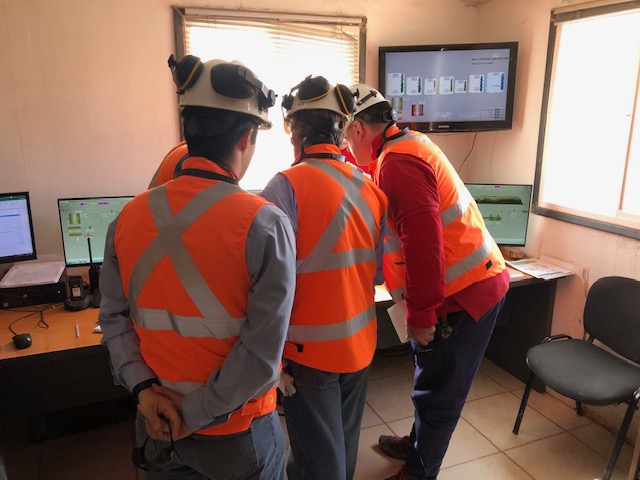
If you really want to annoy us, next time you come across it at a conference, ask 1) what our statistical justification is for designating the data as some sort of zone; 2) when we’ve used the same stats in the past has it led to a discovery?; and 3) has the “zone” been peer reviewed by a recognised, external expert?
Typical answers: 1) er.. 2) what? 3) What? No, there’s no bloody need, now fuck off out of my booth.
Don’t Forget
If you liked my dull, alphabetical list of mining drudgery you can subscribe for more categorized dullness using the little box that I’ve hidden somewhere near the top of the page. From time to time I’ll e-mail other stories and articles guaranteed to help you sleep at night. And I take requests too, as this article demonstrates. Thanks Mario.

